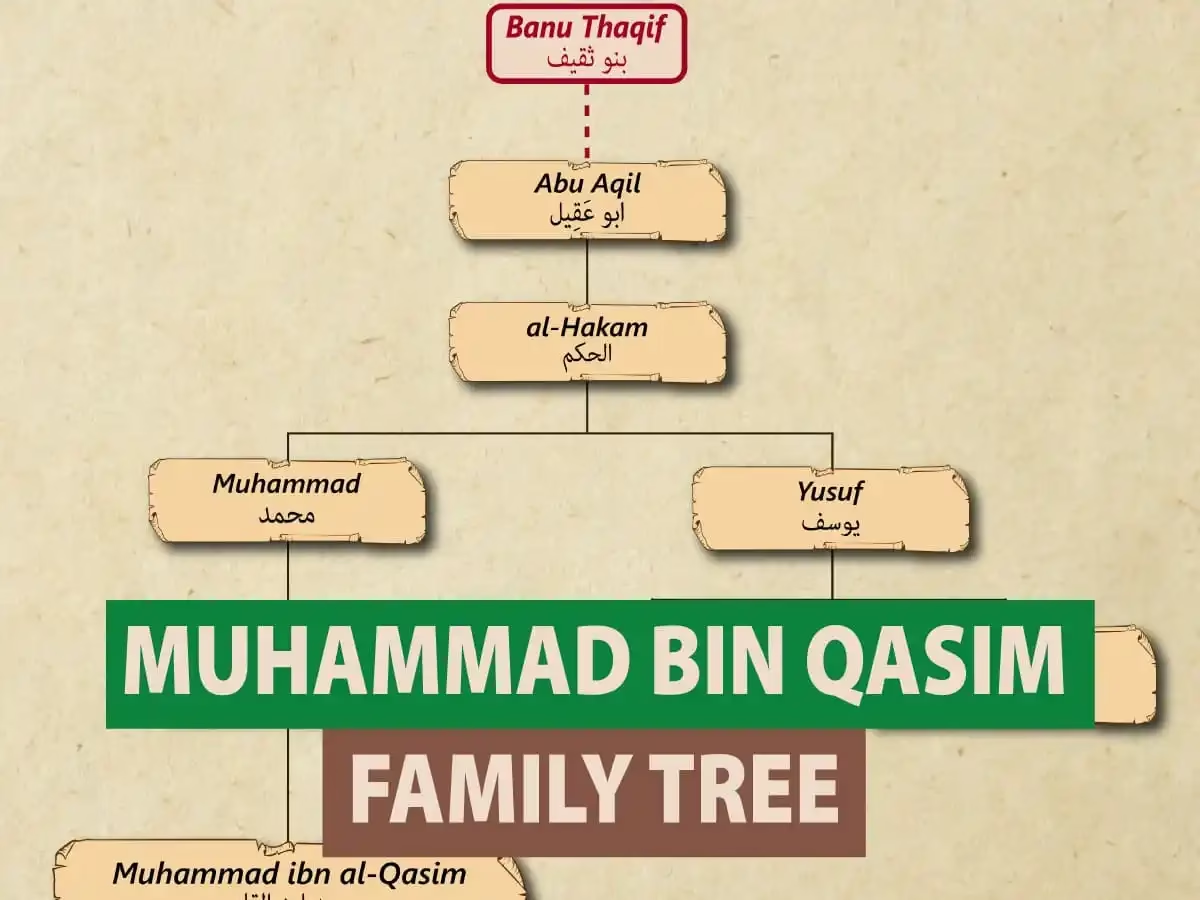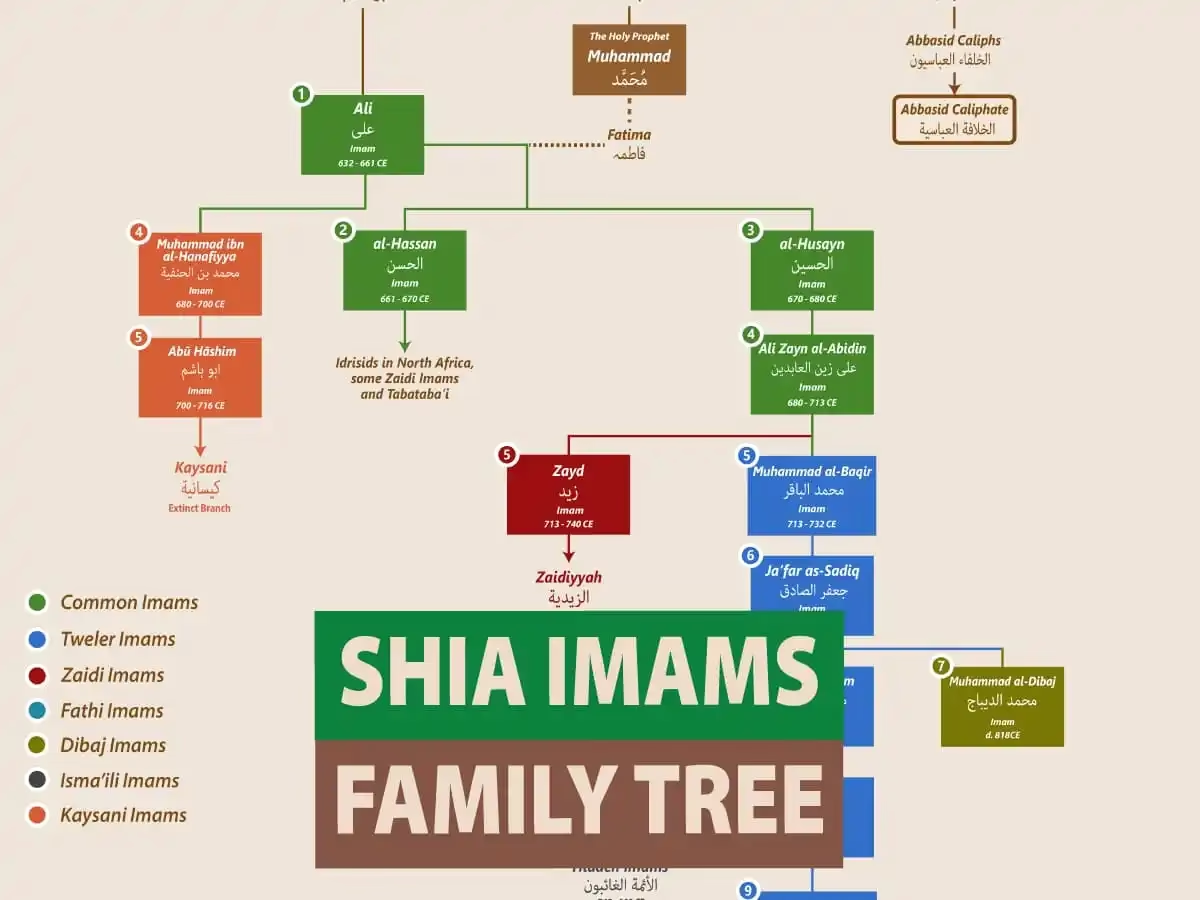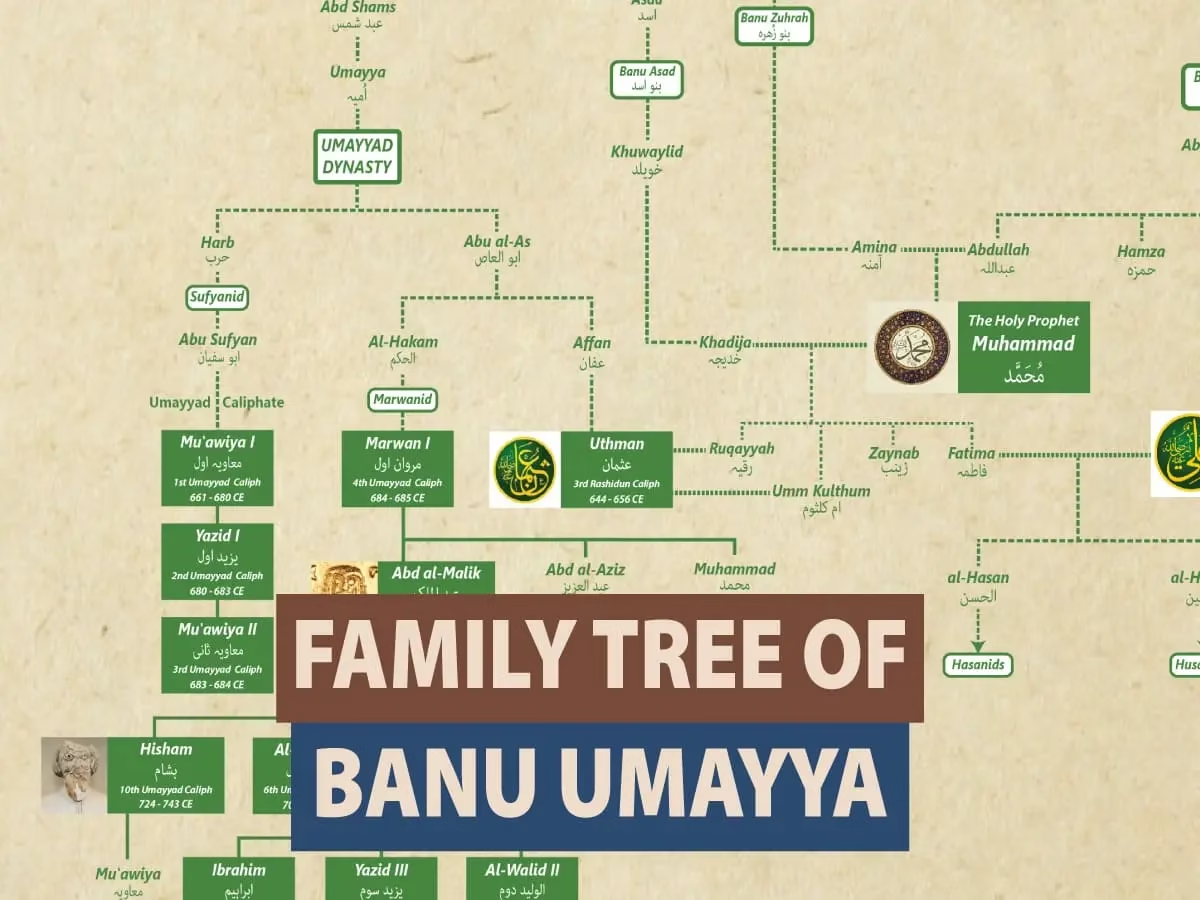The Tughluq Dynasty was a significant medieval Islamic dynasty that ruled the Delhi Sultanate from 1320 to 1413. This family tree illustrates the lineage and succession of the rulers of the Tughluq Dynasty, along with their contributions to the Delhi Sultanate.

The Tughlaq dynasty (also known as the Tughluq or Tughluk dynasty) was the third dynasty to rule over the Delhi Sultanate in medieval India. Its reign started in Delhi when Ghazi Malik assumed the throne under the title of Ghiyath al-Din Tughluq and ended in 1413.
The Indo-Turkic dynasty expanded its territorial reach through a military campaign led by Muhammad bin Tughluq, and reached its zenith between 1330 and 1335. It ruled most of the Indian subcontinent for this brief period.
Sultans of Tugluq Dynasty:
1. Sultan Ghiyath al-Din Tughluq
Ghiyath al-Din Tughluq, also known as Ghazi Malik, was the founder of the Tughluq Dynasty. He ascended to the throne in 1320 CE after overthrowing the Khilji dynasty. Known for his administrative capabilities and military acumen, he strengthened the Delhi Sultanate by establishing order and expanding its territories. He constructed the fortified city of Tughluqabad, which remains a testament to his architectural vision. His reign, however, was short-lived as he died under mysterious circumstances in 1325.
2. Sultan Muhammad bin Tughluq
Muhammad bin Tughluq, the son of Ghiyath al-Din, succeeded him and became one of the most controversial rulers in Indian history. Known for his ambitious policies and innovative ideas, his reign was marked by both brilliance and failure. Among his most notable actions were the attempted transfer of the capital from Delhi to Daulatabad and the introduction of token currency. While his intentions were often forward-thinking, their execution frequently led to chaos. Despite his failures, he was a learned man, skilled in various fields including philosophy, astronomy, and medicine.

See Also: Khalji Dynasty Family Tree – Delhi Sultanate
3. Sultan Firoz Shah Tughluq
Firoz Shah Tughluq, a cousin of Muhammad bin Tughluq, ascended to the throne in 1351. He is remembered for his reforms and public welfare initiatives. Firoz Shah focused on the construction of canals, rest houses, and hospitals. He also reduced taxes and encouraged agriculture, which brought some stability to the empire. However, his policy of appeasement towards nobles and ulema weakened the central authority. Firoz Shah’s reign marked a shift towards a more conservative approach in governance.
4. Sultan Ghiyath al-Din Tughluq Khan II
Ghiyath al-Din Tughluq Khan II, a descendant of Fateh Khan, briefly ruled the Delhi Sultanate. His reign was short-lived and marked by internal strife and rebellion, as the empire’s authority weakened significantly during his time.
5. Sultan Abu Bakr Shah
Abu Bakr Shah, the son of Zafar Khan, ruled for a brief period amidst political turmoil. His reign was characterized by struggles for power among the nobility, and he was eventually overthrown.
6. Sultan Muhammad Shah III
Muhammad Shah III, a descendant of the main Tughluq line, ruled during a turbulent period in the dynasty’s history. His tenure reflected the growing challenges faced by the Tughluqs as they struggled to maintain control over the empire.
7. Sultan Ala ud-Din Sikandar Shah
Ala ud-Din Sikandar Shah, another son of Zafar Khan, ruled for an even shorter period. His time on the throne ended abruptly due to his death, adding to the instability of the later Tughluq reign.
8. Sultan Nasir ud-Din Mahmud Shah
Nasir ud-Din Mahmud Shah was the last ruler of the Tughluq dynasty. His reign saw the final collapse of Tughluq authority, culminating in the rise of the Sayyid Dynasty. He faced invasions, most notably by Timur in 1398, which devastated Delhi and marked the end of Tughluq rule.
9. Sultan Nasir ud-Din Nusrat Shah, Last Ruler of Tughlaq Dynasty
Nasir ud-Din Nusrat Shah was a ruler during the final years of the Tughluq Dynasty. His reign was marked by the fragmentation of the empire and the rise of rival factions. He ruled Firozabad, a region within the crumbling sultanate.
Other Members of Tughluq Dynasty:
Rajab
Rajab, another relative of the dynasty, is a less prominent figure in the family tree. While little is known about his role, his lineage connects to later rulers of the dynasty, demonstrating the extended nature of the Tughluq family.
Fateh Khan
Fateh Khan was a member of the Tughluq dynasty, though he never ascended to the throne. He played a pivotal role in the lineage of Ghiyath al-Din Tughluq Khan II and Nasir ud-Din Nusrat Shah.
Zafar Khan
Zafar Khan was another significant member of the Tughluq family. Through his lineage, he connected to rulers such as Abu Bakr Shah and Ala ud-Din Sikandar Shah, who also briefly ruled the Delhi Sultanate.
See Also: Banu Abbas Family Tree (Abbasid Dynasty)
Conclusion
The Tughluq Dynasty was marked by a mix of innovation, ambition, and eventual decline. While early rulers like Ghiyath al-Din and Muhammad bin Tughluq sought to consolidate and expand the empire, the later rulers struggled with internal dissent and external threats.


